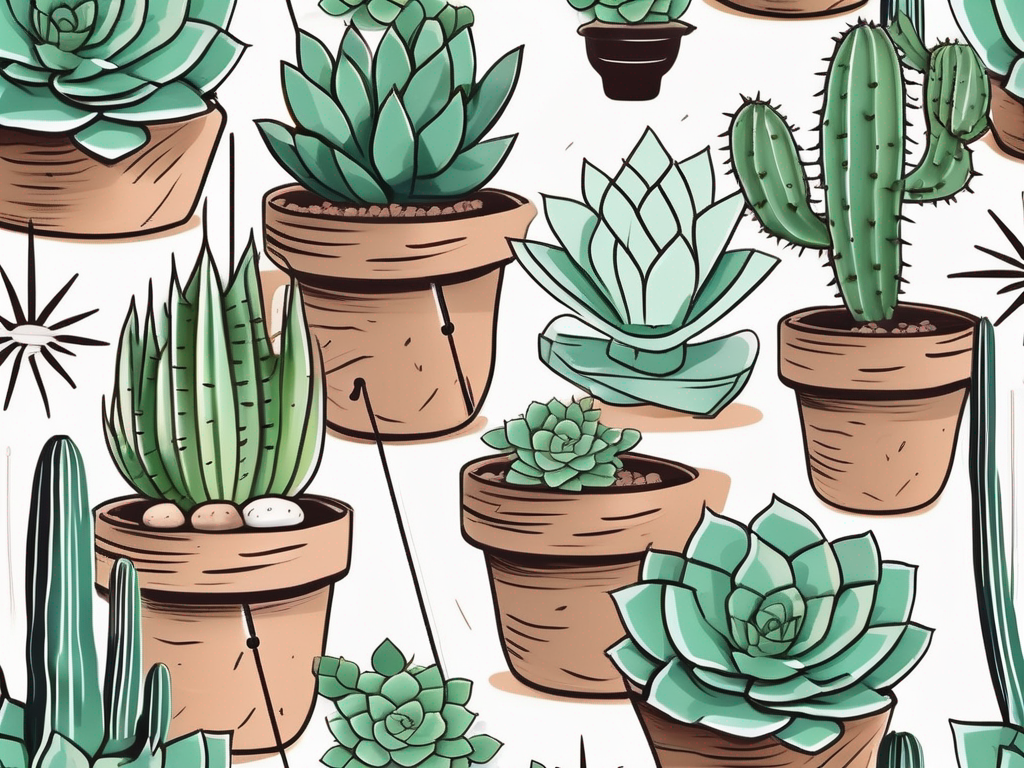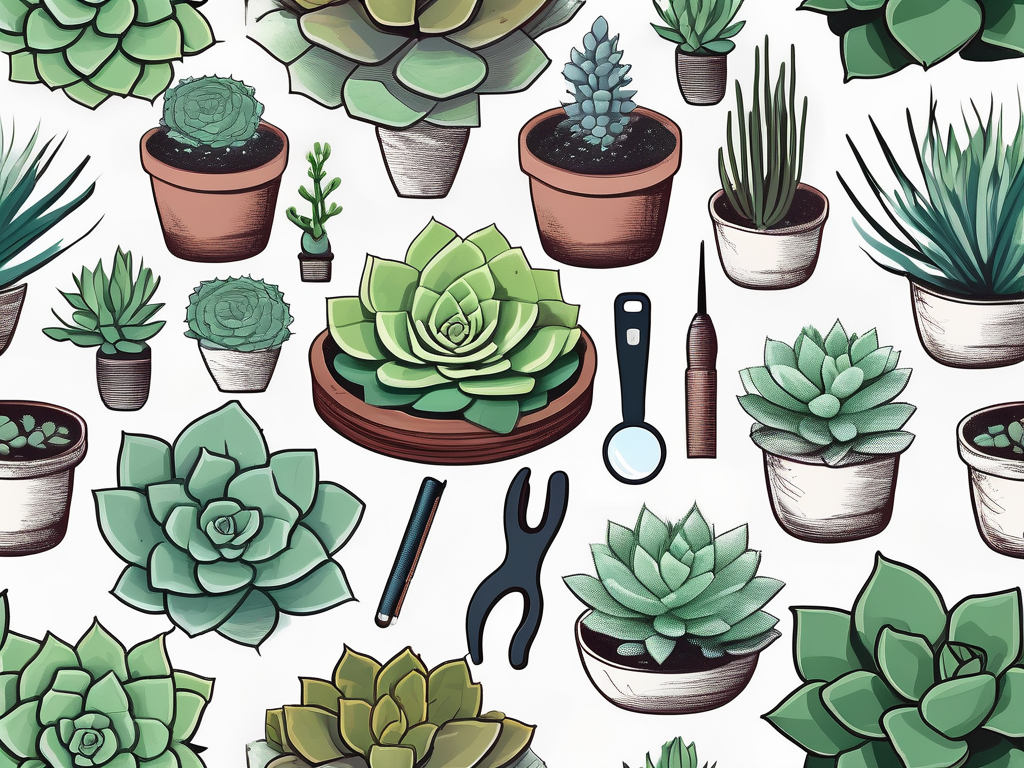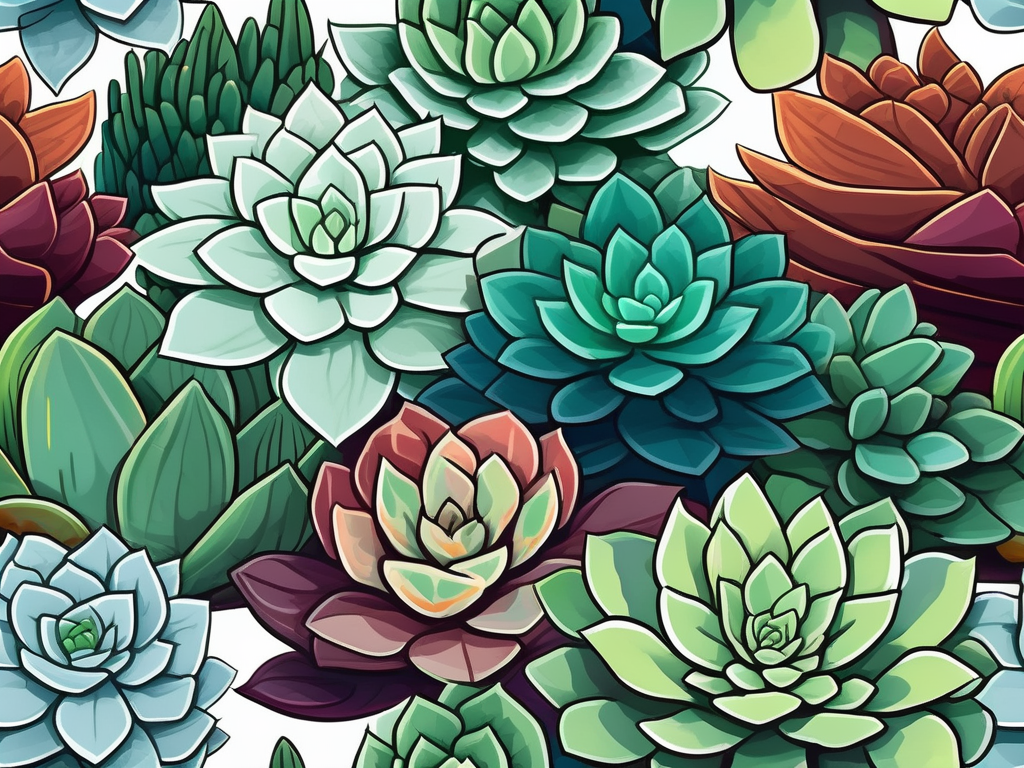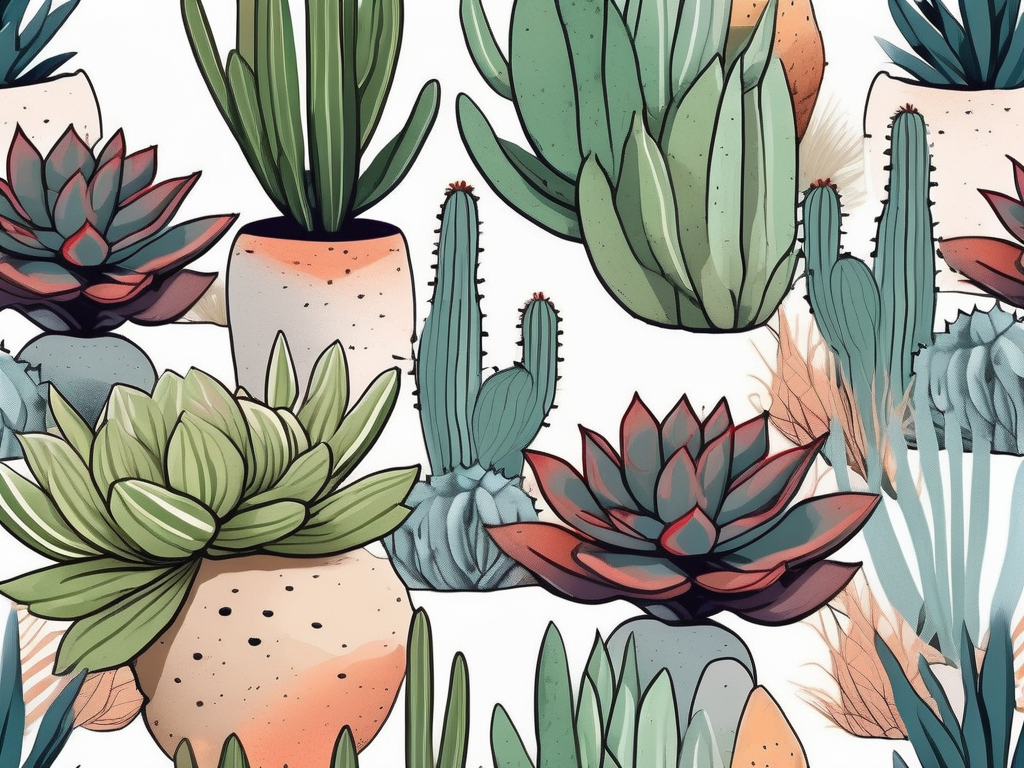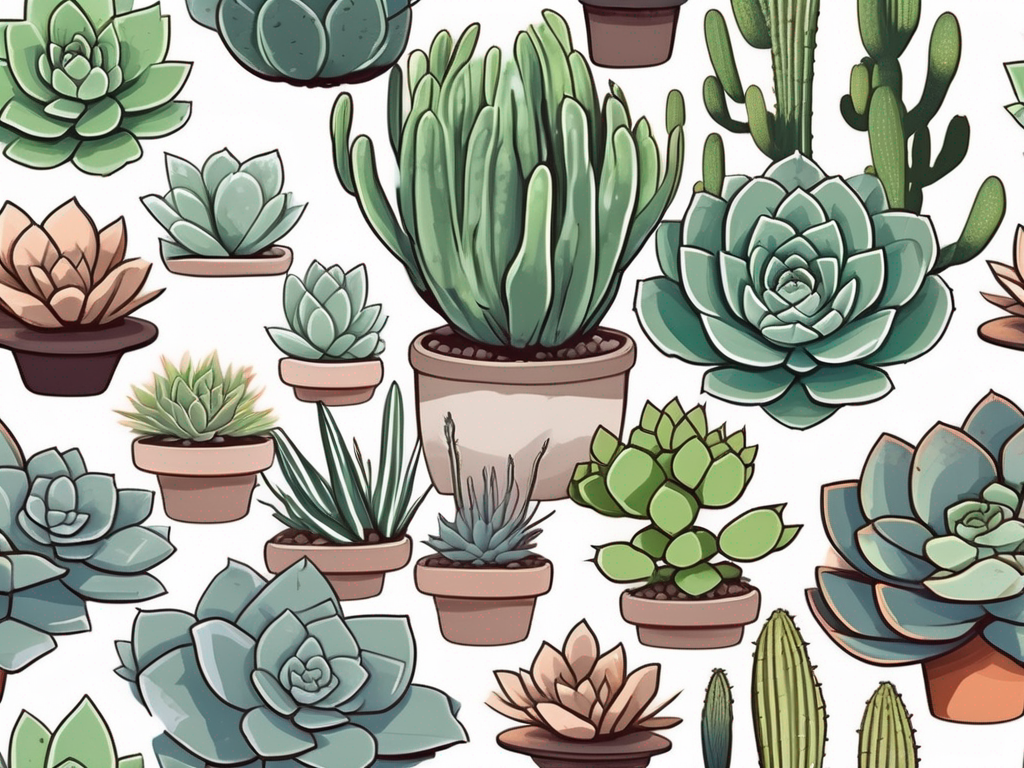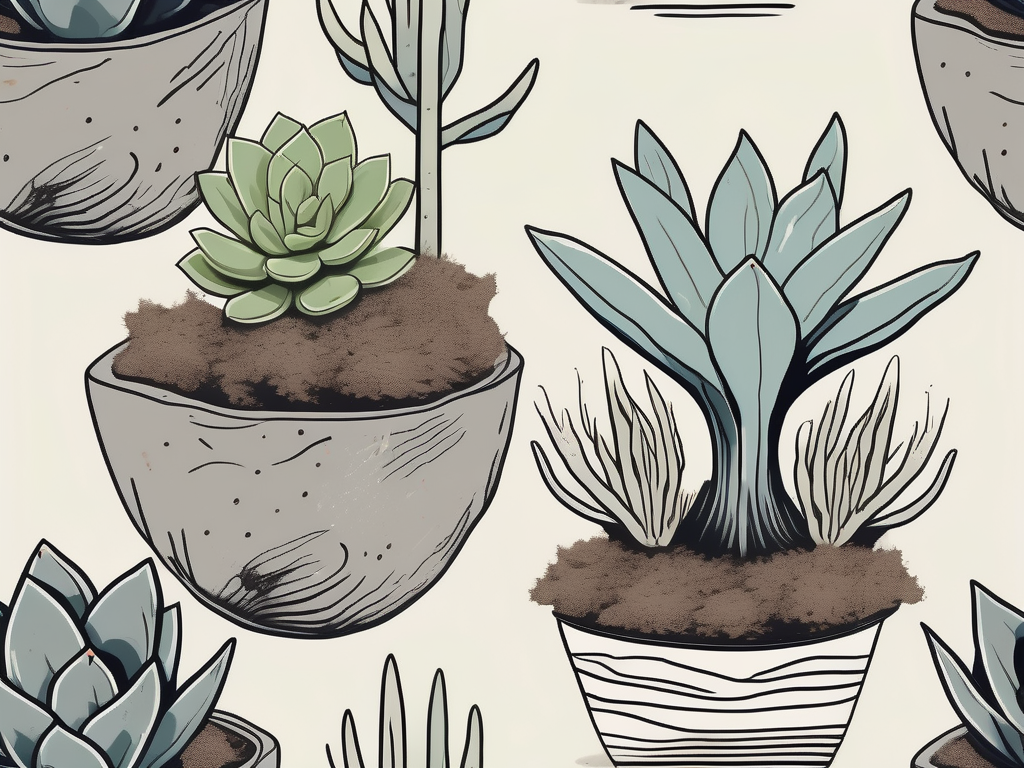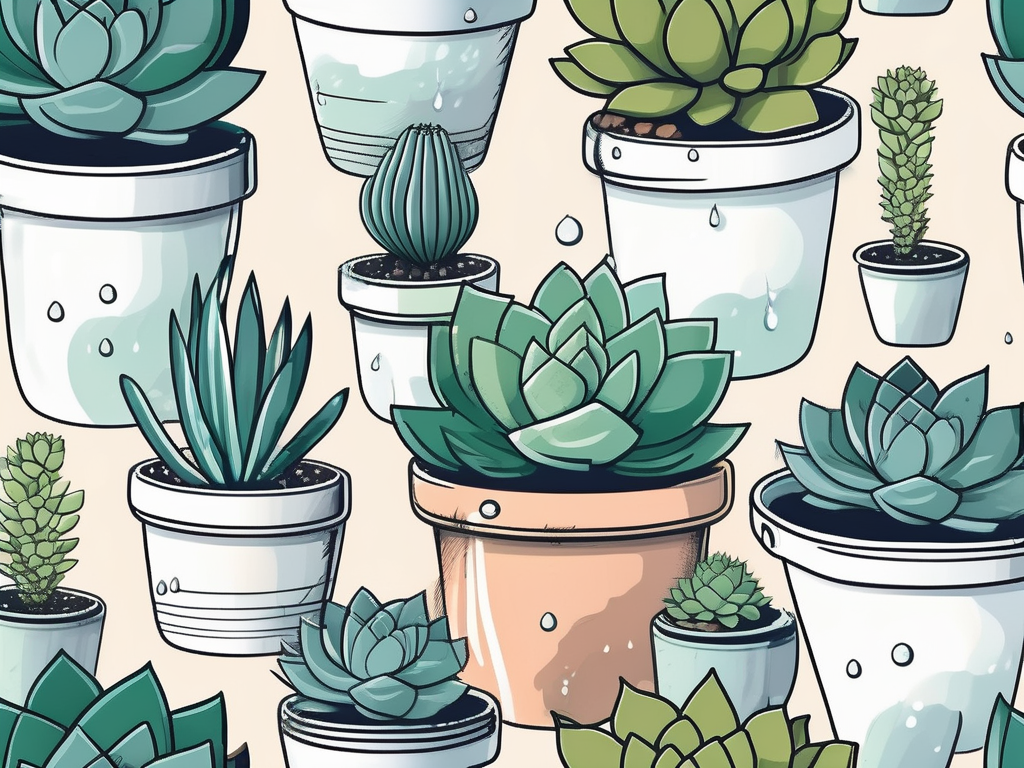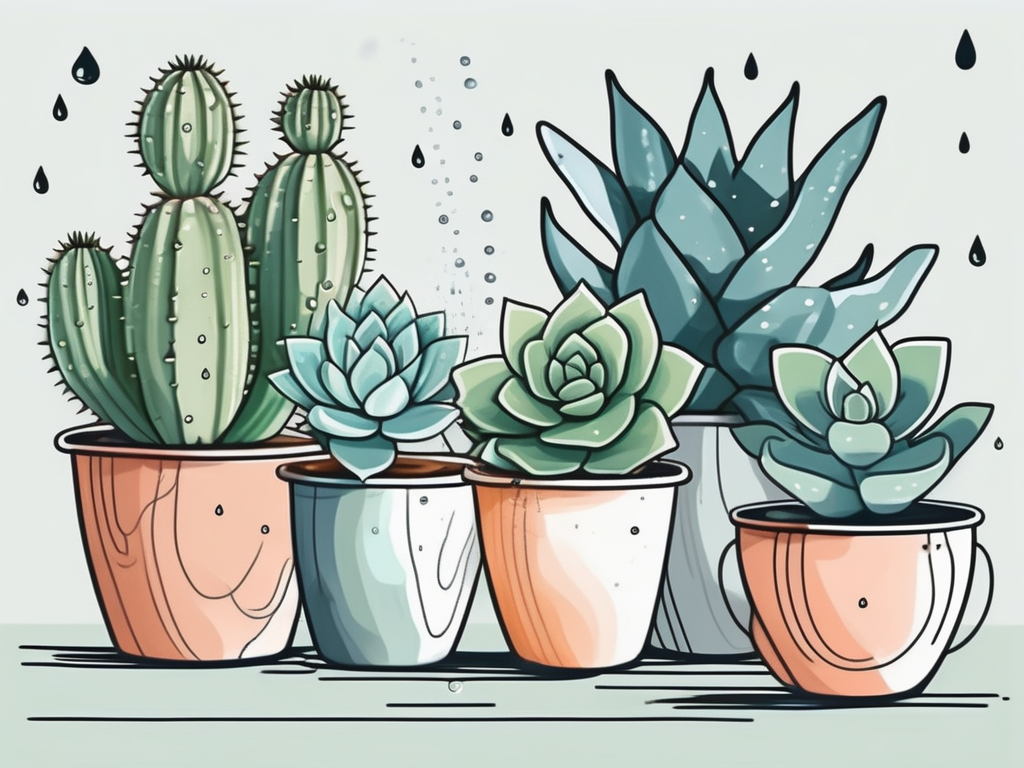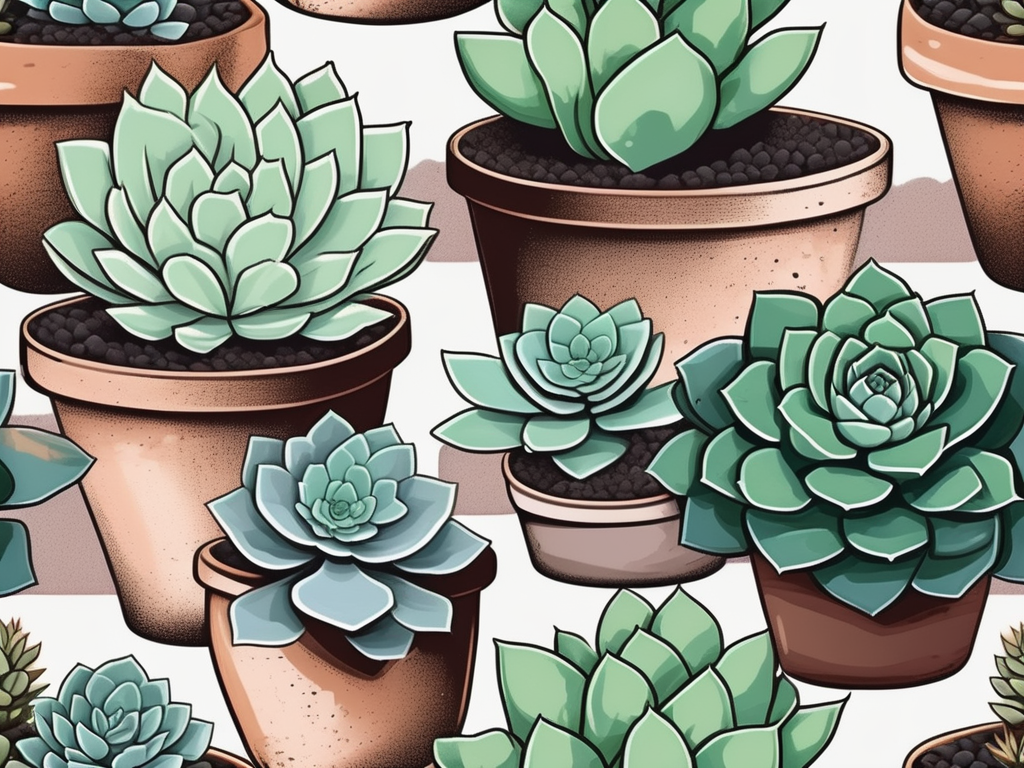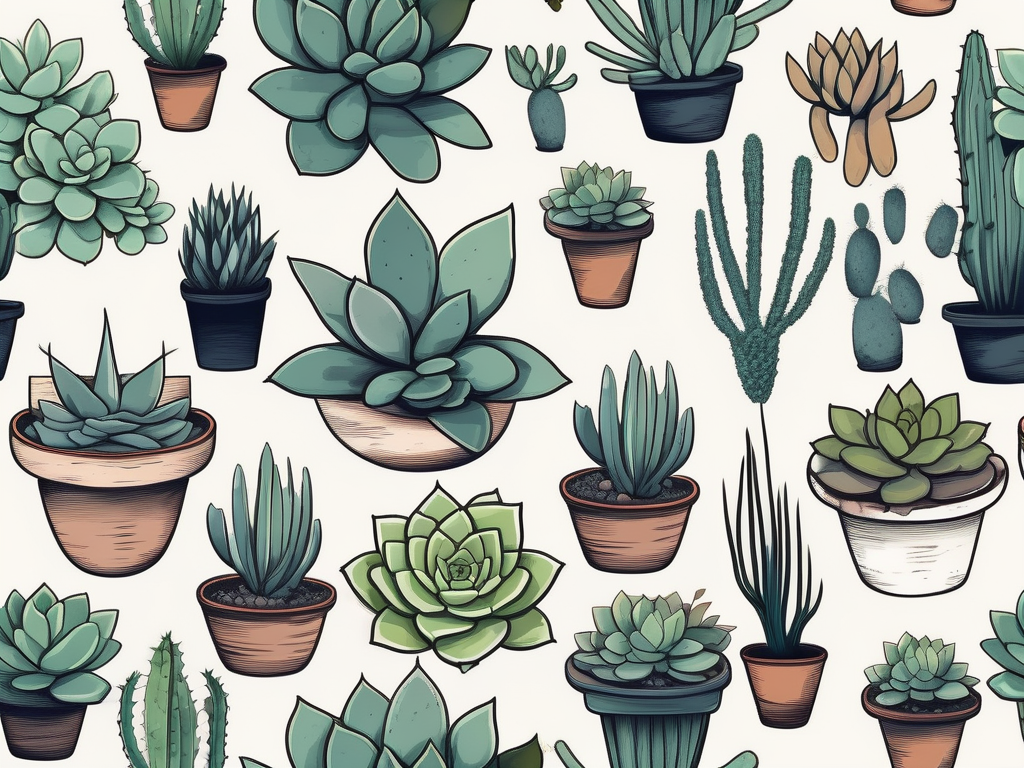
Succulents are like the chill friends of the plant world. They don't demand much attention, and they can forgive a missed watering or two. But, there's one thing they won't tolerate: too much love in the form of overwatering. If you're new to the world of succulents or just looking to refine your plant-care skills, understanding the risks of overwatering is crucial.
This article will take you through the why and how of overwatering, the signs your succulent is getting too much water, and what you can do to fix it. We’ll also explore preventative measures and the best ways to keep your succulent collection thriving. So, let's get started!
The Nature of Succulents
To understand why overwatering is such a big deal, it helps to know a bit about succulents themselves. These hardy plants originate from arid regions where rainfall is scarce. They’ve adapted to these conditions by storing water in their leaves, stems, and roots. This makes them incredibly drought-resistant, but it also means they have low water needs.
Think of succulents as having a built-in reservoir. When you water them, they fill up their storage tanks. If you keep adding water, those tanks overflow, leading to a host of problems. This natural adaptation is why succulents are popular among plant lovers—they’re low-maintenance and can survive a bit of neglect.
However, this same adaptation makes them sensitive to overwatering. Unlike tropical plants that thrive in consistently moist soil, succulents prefer their soil to dry out completely between waterings. It's like giving a camel too much water; it simply doesn't know what to do with it.
Why Overwatering is a Problem
Overwatering succulents isn't just about giving them more water than they need. The real issue lies in the consequences it brings. When a succulent is overwatered, the excess moisture creates an environment ripe for root rot—a condition that can quickly turn deadly.
Root rot is caused by fungi that thrive in wet, oxygen-poor soil. These fungi attack the roots, which are the plant's lifeline. As the roots decay, the plant loses its ability to absorb water and nutrients, leading to wilting, discoloration, and ultimately, death.
Another problem with overwatering is that it can suffocate the roots. Roots need air to breathe, and soggy soil can cut off their oxygen supply. Over time, this can weaken the plant and make it more susceptible to disease and pests.
The key takeaway here is that waterlogged soil is detrimental to succulents. Their natural habitat doesn't provide them with much rain, and they aren't equipped to handle it. When you overwater, you're essentially giving them the plant version of a sugar rush: too much at once, with a crash afterward.
Signs Your Succulent is Overwatered
So, how can you tell if your succulent is getting too much water? Fortunately, these plants aren't shy about showing their discomfort. Here are some classic signs of overwatering:
- Mushy leaves: If the leaves are soft, translucent, or mushy, it's a clear sign of overwatering. Healthy succulent leaves should be firm and plump.
- Discoloration: Yellowing or browning leaves can indicate waterlogged roots. The color change is a stress response and not a good sign.
- Leaf drop: Overwatered succulents may start shedding leaves, especially the lower ones. This is the plant’s way of coping with stress.
- Rotting stems: If the stem feels mushy or has black spots, rot has likely set in. This can be a serious problem that requires immediate attention.
- Slow growth: While succulents are generally slow growers, if your plant seems to be in a standstill, it might be struggling with too much water.
Being able to spot these signs early can save your plant from further damage. Keep an eye on your succulents, especially if you’ve recently watered them and the soil doesn’t seem to dry out.
How to Fix an Overwatered Succulent
Okay, so you've realized your succulent is overwatered. What now? Don't worry, all is not lost. Here’s what you can do to help your plant recover:
1. Stop Watering
The first and most obvious step is to stop watering. Let the soil dry out completely. Depending on your climate, this could take a few days to a week or more. Be patient—your succulent needs time to recover.
2. Check the Roots
Gently remove the succulent from its pot and check the roots. If they appear brown or mushy, you’ll need to trim away the rotten parts. Use clean, sharp scissors to cut back to healthy, white roots. Be gentle to avoid further damage.
3. Repot with Fresh Soil
Once you've addressed any root rot, repot your succulent in fresh, well-draining soil. Cactus or succulent mix works best, often mixed with perlite or pumice for extra drainage. Make sure the new pot has drainage holes to prevent future overwatering.
4. Water Sparingly
After repotting, wait a few days before watering to allow any damaged roots to heal. When you do water, do so sparingly. A good rule of thumb is to water when the soil is completely dry.
These steps can help rescue an overwatered succulent, but remember, prevention is always better than cure.
Preventing Overwatering
Now that we've covered the warning signs and remedies, let's talk prevention. Here are some tips to help you avoid overwatering your succulents:
1. Use the Right Soil
As mentioned earlier, using a well-draining soil mix is crucial for succulent health. It prevents water from pooling around the roots, reducing the risk of rot.
2. Choose the Right Pot
Opt for pots with drainage holes. This allows excess water to escape, rather than sitting at the bottom of the pot. Terra cotta pots are a good choice as they’re breathable and help wick away moisture.
3. Water Wisely
Watering succulents isn’t about a strict schedule; it’s about observing the plant and soil. Check the soil moisture with your finger. If it feels dry a couple of inches down, it’s time for a drink. If it’s still moist, wait a few more days.
4. Consider Your Environment
Your home’s climate affects how often you’ll need to water. In a humid environment, succulents require less watering compared to a dry, hot climate. Adjust your watering routine based on the season and your local conditions.
Implementing these practices can save you and your succulents a lot of trouble in the long run.
Understanding the Right Watering Technique
Even with the best intentions, watering techniques can make or break your succulent care. Here’s how to water them correctly:
- Soak and Dry: This method involves watering the soil until it’s thoroughly soaked, then letting it dry out completely before watering again. It mimics the natural rainfall patterns succulents are accustomed to.
- Bottom Watering: Place the pot in a shallow dish of water, letting the plant absorb moisture through the drainage holes. This ensures the roots get just enough water without oversaturating the soil surface.
- Avoid Misting: While misting is popular with some houseplants, it’s not suitable for succulents. They prefer their leaves to remain dry, as excess moisture can lead to rot.
These techniques can help you maintain the delicate balance succulents need between hydration and dryness.
The Role of Light and Temperature
It's not just water that affects how succulents grow; light and temperature play a huge role too. These factors can influence how much water your plant needs, so let’s break it down:
Succulents thrive in bright, indirect sunlight. Too much direct sun can scorch their leaves, while too little can make them leggy and weak. If your succulent is in a sunny spot, it might need more water due to increased evaporation. Conversely, if it’s in a dimly lit area, it won’t dry out as quickly.
Temperature also affects watering needs. Warm temperatures can increase a plant’s water use, while cooler conditions slow down evaporation and water uptake. During winter, when most succulents enter dormancy, their water needs decrease significantly.
Adjusting your watering routine based on light and temperature can prevent overwatering and keep your succulents in tip-top shape.
Common Mistakes and Myths
Despite their reputation for being easy to care for, succulents often fall victim to common misconceptions. Let’s clear up a few:
- Myth: Succulents need very little water. While it’s true they don’t need frequent watering, they do require a good soak when watered. The key is to let them dry out completely between waterings.
- Mistake: Keeping succulents indoors at all times. While they can thrive indoors, they also benefit from fresh air and natural light. Consider giving them some outdoor time when the weather is suitable.
- Myth: All succulents are the same. Different varieties have varying needs. For example, some may prefer more light, while others can thrive in partial shade. Get to know your specific plant’s preferences.
Avoiding these pitfalls can make all the difference in succulent care.
Embracing Your Succulent Journey
Caring for succulents can be a rewarding and calming hobby. It offers a chance to connect with nature, even if it's just a small pot on your windowsill. Don’t be discouraged if you make mistakes along the way. Every plant parent has faced their share of overwatered plants.
With time, you’ll learn the nuances of your succulents’ needs. You'll develop a routine that works for you and your plants, and you'll likely find joy in watching them grow and thrive. Remember, every succulent is unique, just like their caretakers. Embrace the journey, and you’ll gain a deeper appreciation for these resilient plants.
Final Thoughts
Overwatering succulents is a common issue, but with a little knowledge and attention, it’s easily avoidable. By understanding your plant’s needs and adjusting your care routine, you can keep your succulents healthy and happy.
At Cafe Planta, we're passionate about helping you succeed in your plant care journey. Whether you have questions or need advice, feel free to email us or reach out on Instagram. We believe that plants bring people together and inspire us to connect with nature and each other. Let's grow together!














